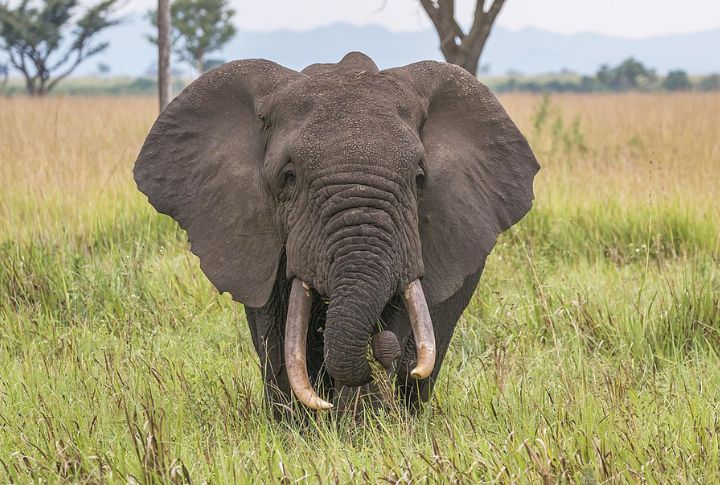
Most animals learn to avoid becoming someone else’s meal. But a select few never have to. They live above the food chain’s chaos, untouched by natural threats. Be it in deep oceans or remote forests, they call the shots. Here’s a closer look at 10 true apex animals with no predators to fear.
African Lions

Even large herds will change course the moment a lion appears. That quiet influence reflects their unmatched status in the savanna. Lionesses plan and execute most hunts with sharp coordination, while males defend the pride. Once fully grown, lions face no natural threat in their environment.
Bengal Tigers
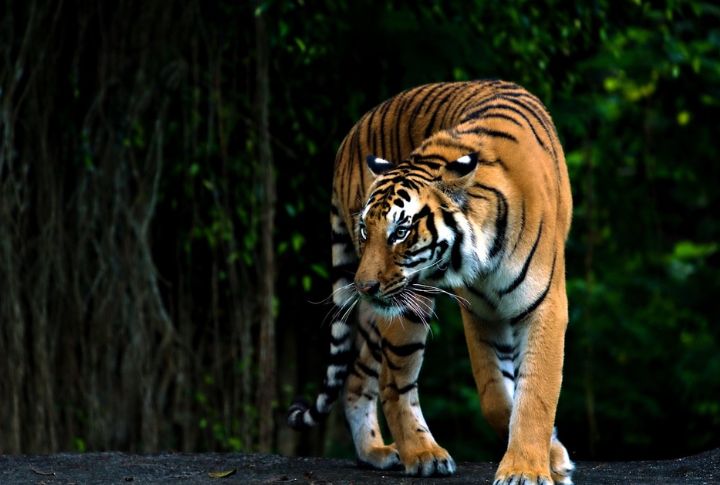
Nothing challenges a tiger that moves silently through dense mangrove lands. It hauls prey across long distances, its strength evident with every step. Each cat bears a one-of-a-kind pattern, easy to recognize and impossible to replicate. With no wild rivals, the tiger sets the terms of its terrain.
Jaguars
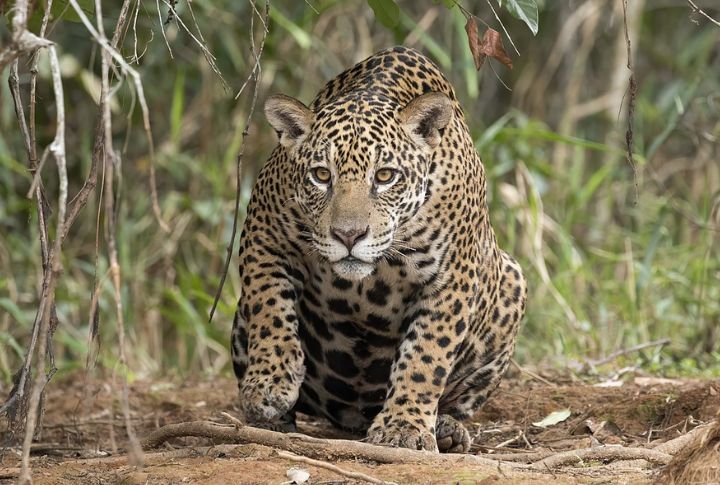
Slip into a South American riverbank, and the jaguar might already be watching. These predators swim as well as they stalk, ambushing prey from water or land. Their bite crushes bone and shell alike, ending most struggles instantly. No animal hunts them, and none share their skill set either.
Great White Sharks

This predator needs no stealth as it dominates through presence alone. With electroreceptors tuned to detect the faintest signals, it locks onto prey from remarkable distances. Some even launch fully out of the water to strike. The moment it matures, it occupies the top tier of the ocean’s complex food chain.
Saltwater Crocodiles
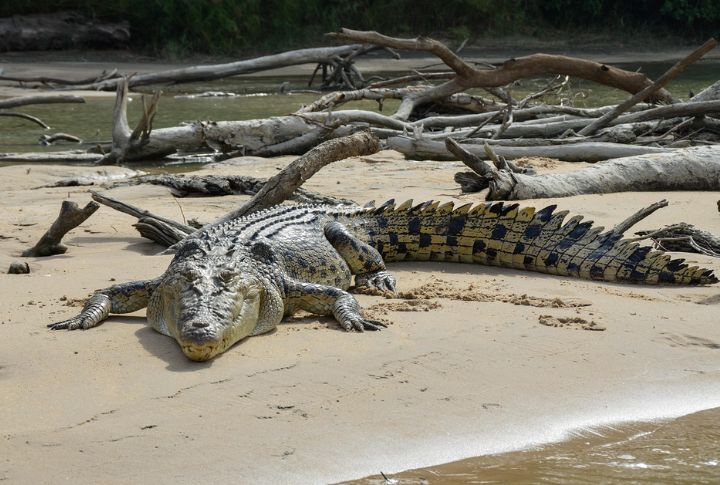
Don’t mistake stillness for passivity. Saltwater crocodiles can wait silently, then explode with crushing power, which is over 3,700 psi of bite force. While most divers last 15 minutes, they can hold their breath for hours when needed. No other river or coastal species disrupts their solitary hold on dominance.
Komodo Dragons
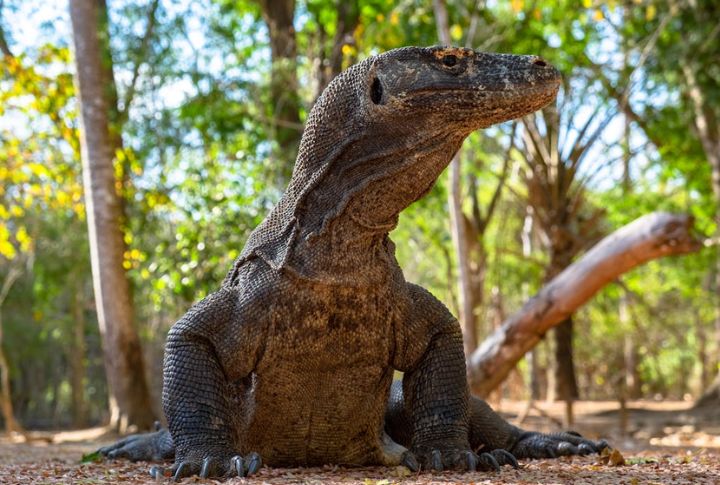
The Komodo dragon doesn’t chase down dominance—it inherits it. When fully grown, nothing hunts it. A venom-laced bite does more than kill; it shuts down blood flow and energy. These giants can finish meals nearly their own size and sense food from miles off. So, territory is theirs by default.
Polar Bears
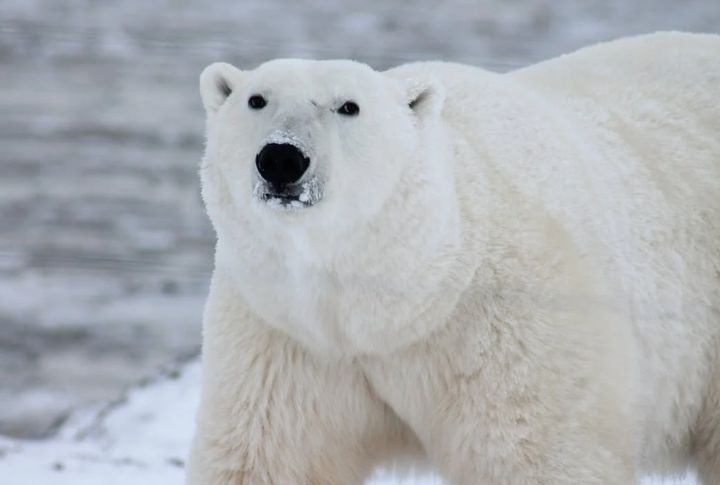
Survival here means mastering ice, not just muscle. Polar bears know when to wait, how to blend, and where to strike. Seals rarely hear them coming. That black skin under white fur? It’s part of the strategy. Few species even attempt to share this territory, let alone challenge it.
Orcas
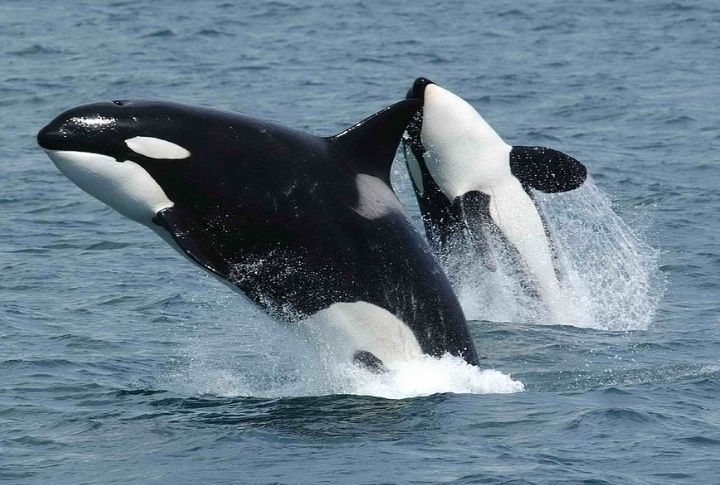
There’s strength in teamwork, and orcas know it better than most. These whales plan hunts in tight pods, each with its own style, with some specializing in fish and others going after seals. Even apex marine predators like sharks adjust their paths when orcas arrive in the distance.
Harpy Eagles

Up in the rainforest canopy, stealth is everything. Harpy eagles stay nearly invisible until it’s too late. Their talons crush with over 100 pounds of pressure, enough to lift monkeys or small deer from treetops. No other bird dares test that kind of power at altitude.
African Elephants
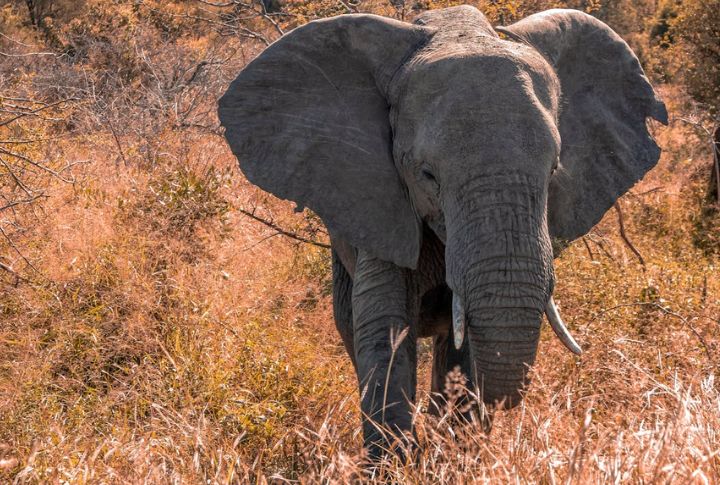
It doesn’t need to chase or intimidate. Just walking through a forest, the elephant clears paths and carves out watering holes for others to use. These changes aren’t temporary; they reshape the environment. Once an elephant reaches adulthood, predators stop factoring it into their calculations entirely.

